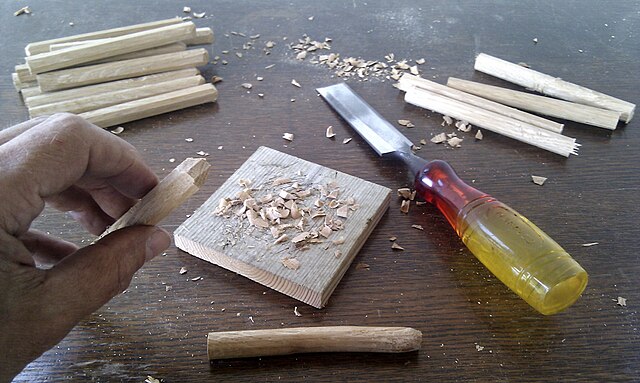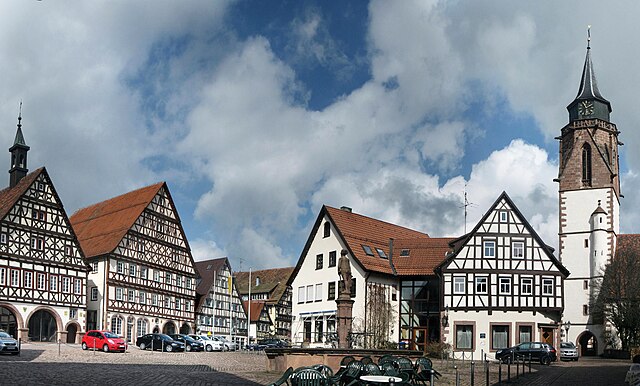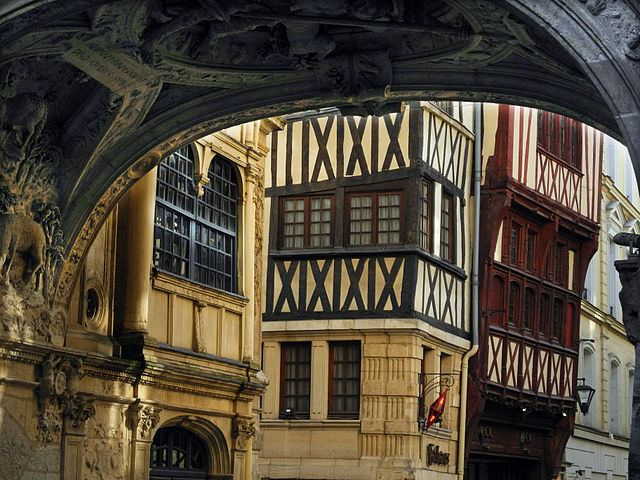A treenail, also trenail, trennel, or trunnel, is a wooden peg, pin, or dowel used to fasten pieces of wood together, especially in timber frames, covered bridges, wooden shipbuilding and boat building. It is driven into a hole bored through two pieces of structural wood.
Oak trenails that will be used to pin a wooden structure together. The one in the front has been used and pulled out, showing the way forces have permanently deformed the wood.
Treenails used in timber framing of former cooperage and monastery cellar from 1478 at Blaubeuren Abbey
Plank fixing, trenails and red lead paint, Qui Nhơn, Vietnam
Building the Naga Pelangi - fitting the first plank required aligning many treenails
Timber framing and "post-and-beam" construction are traditional methods of building with heavy timbers, creating structures using squared-off and carefully fitted and joined timbers with joints secured by large wooden pegs. If the structural frame of load-bearing timber is left exposed on the exterior of the building it may be referred to as half-timbered, and in many cases the infill between timbers will be used for decorative effect. The country most known for this kind of architecture is Germany, where timber-framed houses are spread all over the country.
The market square of Dornstetten, Germany, showing an ensemble of half-timbered buildings
Rue du Gros-Horloge in Rouen, France, a city renowned for its half-timbered buildings
Lemgo, Germany, downtown
A "true" or "full" cruck half-timbered building in Weobley, Herefordshire, England: The cruck blades are the tall, curved timbers which extend from near the ground to the ridge.








